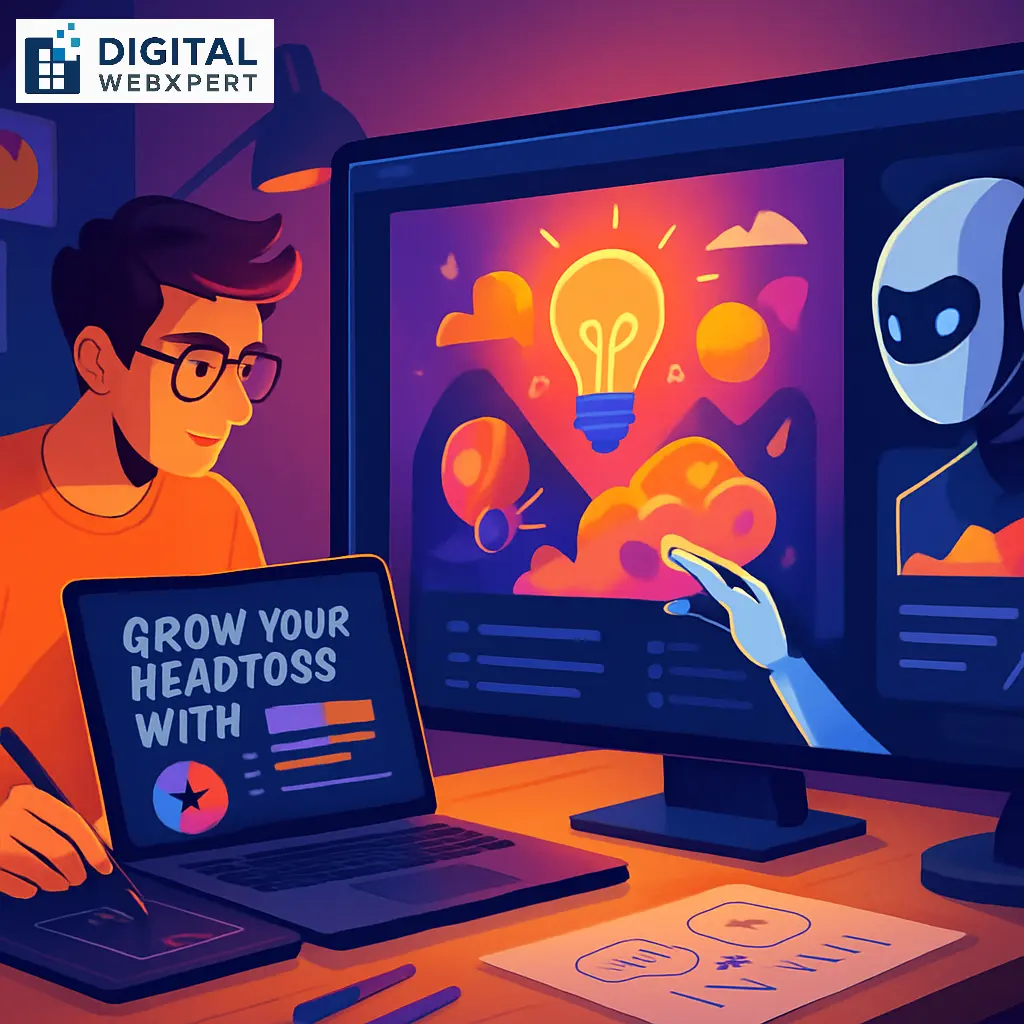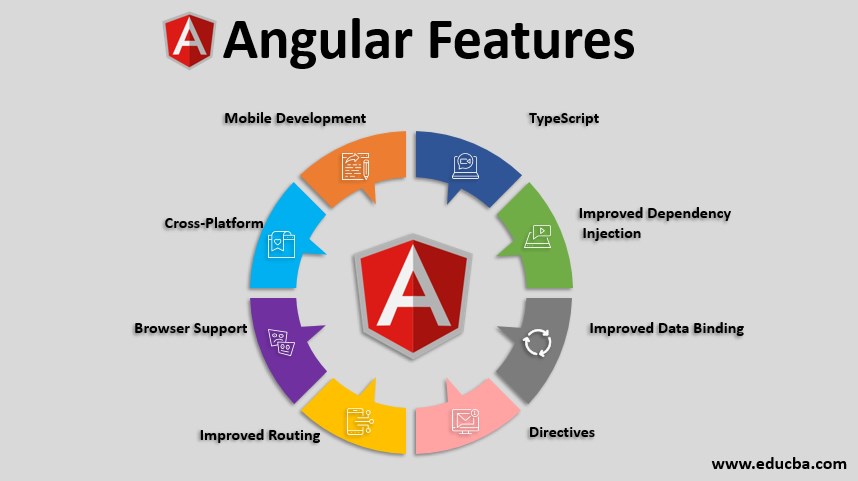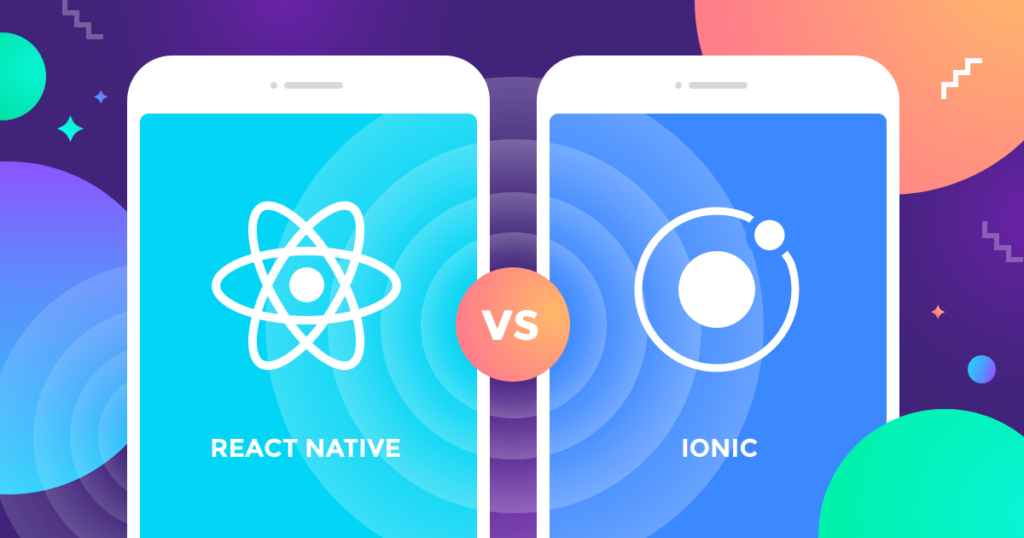As artificial intelligence redefines how we work, create, and innovate, this question is front and center for small business owners, startups, marketers, designers, agencies, nonprofits, and creators.
AI algorithms now paint, write, compose music, design logos, and even generate business strategies. But is real creativity—imagination, intuition, originality—truly replicable by machines? Or is there a creative spark that remains uniquely human?
In this expert analysis, we unpack what AI can (and cannot) do, the boundaries between artificial and human imagination, and the future of creative work in a digitally transformed world.
What Is Human Creativity—And Why Does It Matter?
The Essence of Creativity
Creativity involves envisioning new ideas, making unexpected connections, solving problems, and expressing emotion or meaning.
For entrepreneurs, marketers, designers, and team leaders, creativity drives competitive advantage, innovation, and brand story.
Why Human Creativity Matters in Business
Brand differentiation: Human-driven ideas set brands apart in crowded markets.
Emotional connection: Storytelling, empathy, humor, and cultural nuance influence purchase and loyalty.
Adaptability: Humans can improvise and adapt creatively in uncertain scenarios.
Can AI Replace Human Creativity? The State of AI in 2025
How AI Imitates Creative Tasks
Over the last five years, AI has achieved astonishing progress:
Text & content generation: AI tools draft blog posts, ad copy, articles, and scripts at scale.
Visual design & art: Generative models create original images, logos, video clips, and marketing visuals.
Music & audio: AI composes music, soundtracks, and custom audio based on mood or prompts.
Idea synthesis: Some platforms suggest marketing angles, product features, and business strategies.
AI’s Creative Strengths
Speed and scale: AI can generate hundreds of concepts or variations instantly.
Pattern recognition: AI excels at remixing styles, themes, or data points it’s been trained on.
Data-driven insights: AI suggests what’s likely to perform best (e.g., A/B tested headlines, image styles).
Accessibility: Even non-designers or small teams can access creative resources with AI.
Human vs. AI Creativity: What Experts Say
Unique Human Advantages
Original inspiration: Humans originate ideas beyond what data or precedent can suggest.
Contextual understanding: AI lacks human-level nuance, cultural wisdom, irony, or lived experience.
Emotional depth: True art, humor, and innovation connect with the subconscious and emotional world—all still driven by human input.
Where AI Excels (and Where It Falls Short)
| Area | AI’s Strengths | Human Advantages |
|---|---|---|
| Volume | Rapid ideation, mass content | Select quality, taste, and curation |
| Variation | Endless permutations and iterations | Bold risk-taking, originality, “happy accidents” |
| Data Analysis | Recognizing patterns, optimizing | Unlearning, disrupting, inventing new patterns |
| Cultural Sensitivity | Literal, statistical understanding | Sarcasm, irony, empathy, philosophy |
Real-World Examples: AI and Human Collaboration in Creativity
Example 1: Branding and Logo Design
AI-generated logos: Platforms produce thousands of logo ideas in seconds—but the best brands typically have a designer add originality and emotional resonance.
Designer + AI collaboration: Human curates, edits, and elevates the “raw material” from AI.
Example 2: Copywriting and Content Creation
AI-assisted content: Marketers use AI to draft blog outlines, ads, and even long-form content.
Human finishing touch: Personal anecdotes, local slang, inside jokes, and strategic hooks are added by people.
Example 3: Music, Art, and Motion Graphics
Musicians and artists: AI tools create base melodies, textures, or design elements, while creators blend these into unique, emotionally-driven works.
Freelancers and agencies: Gain time efficiency, but the breakthrough concepts come from human risk-taking—not AI.
Building a Creative Business: How to Use AI Without Losing Human Value
Best Practices
Use AI for ideation and drafts: Let AI handle repetitive, data-driven tasks—headline options, layouts, basic visuals.
Reserve human time for concept and storytelling: Save bandwidth for brainstorming, vision, emotional hooks, and final curation.
Focus on hybrid workflows: Mix AI speed with human oversight. For example, generate 100 ad concepts with AI, handpick and polish the three that resonate deeply.
Future-Proofing Creativity in a Digital Age
Creative Direction Will Never Be Fully Automated: While AI can “paint by numbers,” it can’t decide why you should paint—or what emotion to express.
Empathy, innovation, and meaning: These traits keep brands, campaigns, and art fresh, relevant, and resonant.
The Shortcomings of AI Creativity
1. Lack of True Inspiration
AI only recombines what it has seen; it cannot sense the world, dream, or have a true muse.
2. No Moral or Cultural Compass
AI can accidentally generate inappropriate or tone-deaf output, oblivious to nuance or context.
3. Risk of Bland Uniformity
AI trends toward data “norms”—meaning when everyone uses AI, outputs may become more generic, not more innovative.
Will AI Ever Truly Replace Human Creativity?
Can AI replace human creativity?
Despite its impressive advances, most creators and technology leaders argue:
AI is a powerful augmentation tool, but not a full replacement for human imagination or artistic direction.
The best results happen when humans and AI collaborate—amplifying strengths and offsetting weaknesses.
Creativity rooted in personal experience, cultural trends, empathy, and “thinking outside the box” remains a distinctly human domain.
The Future: How Small Businesses & Teams Can Harness AI for Creativity
Actionable Strategies
Combine AI and expert input: Use AI for concept generation, let your experts lead decisions on brand voice, narrative, and authenticity.
Automate, but always curate: Lean on AI for bulk tasks; make sure everything is reviewed and refined by people before publishing.
Invest in creative upskilling: Train teams to use AI as a creative assistant, not a total substitute.
Key Questions for Leaders
What part of our process should be “AI powered” versus “human led”?
How do we keep our brand voice and values consistent as we adopt new tools?
How do we ensure diversity of ideas and avoid “algorithmic sameness”?
FAQ: AI vs Human Creativity
Q: Is AI art really creative?
A: AI art is original in the sense of new combinations, but it relies on patterns learned from human work. True innovation remains human-led.
Q: Can AI help non-creatives succeed?
A: Yes—AI can democratize design, writing, and ideation. Non-designers can make quality assets, but distinctiveness comes from human input.
Q: Will AI replace creative jobs?
A: AI will shift (not eliminate) creative roles—technicians and efficiency jobs may shrink; creative leads, curators, and creative strategists will become more valuable.
Conclusion: The Human Edge in a World of Creative AI
The debate—can AI replace human creativity—is really a call to evolve and adapt. Instead of fearing replacement, businesses and freelancers should embrace AI as a lever for explosive growth, efficiency, and inspiration, while doubling down on what only humans can do: express, empathize, and innovate.
In 2025 and beyond, the brands and creators who combine AI superpowers with human genius will lead the way.



